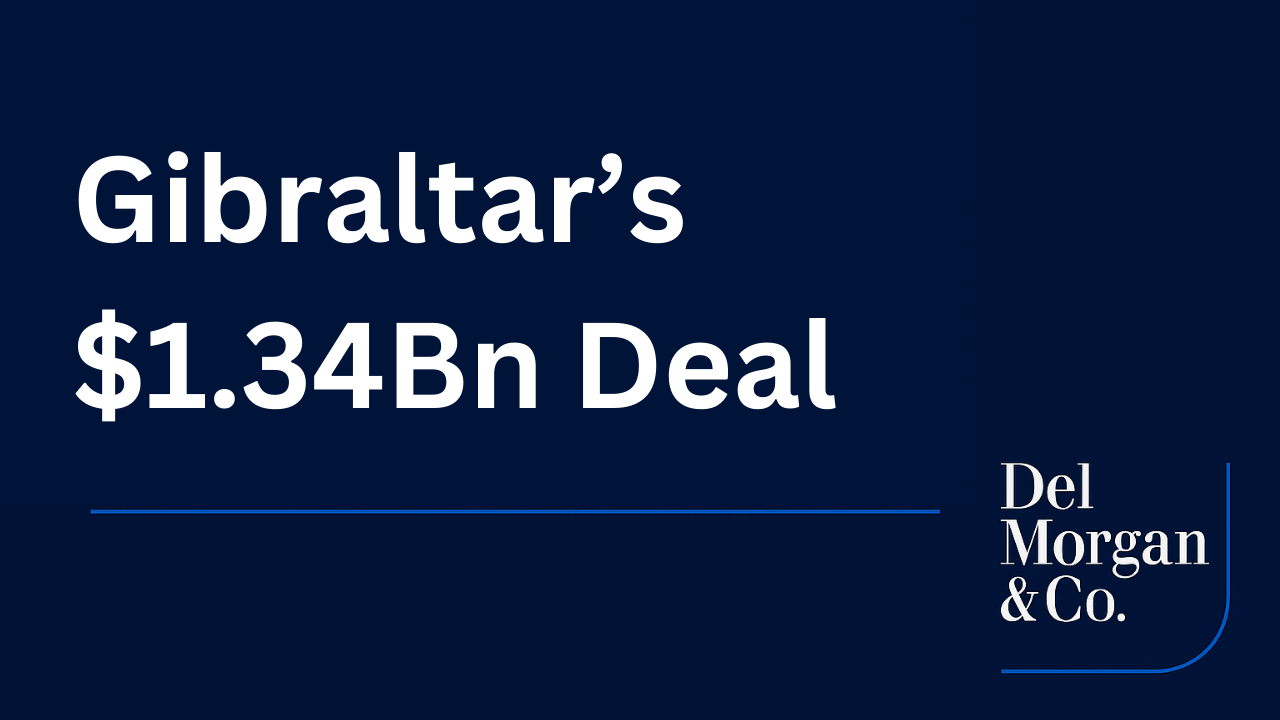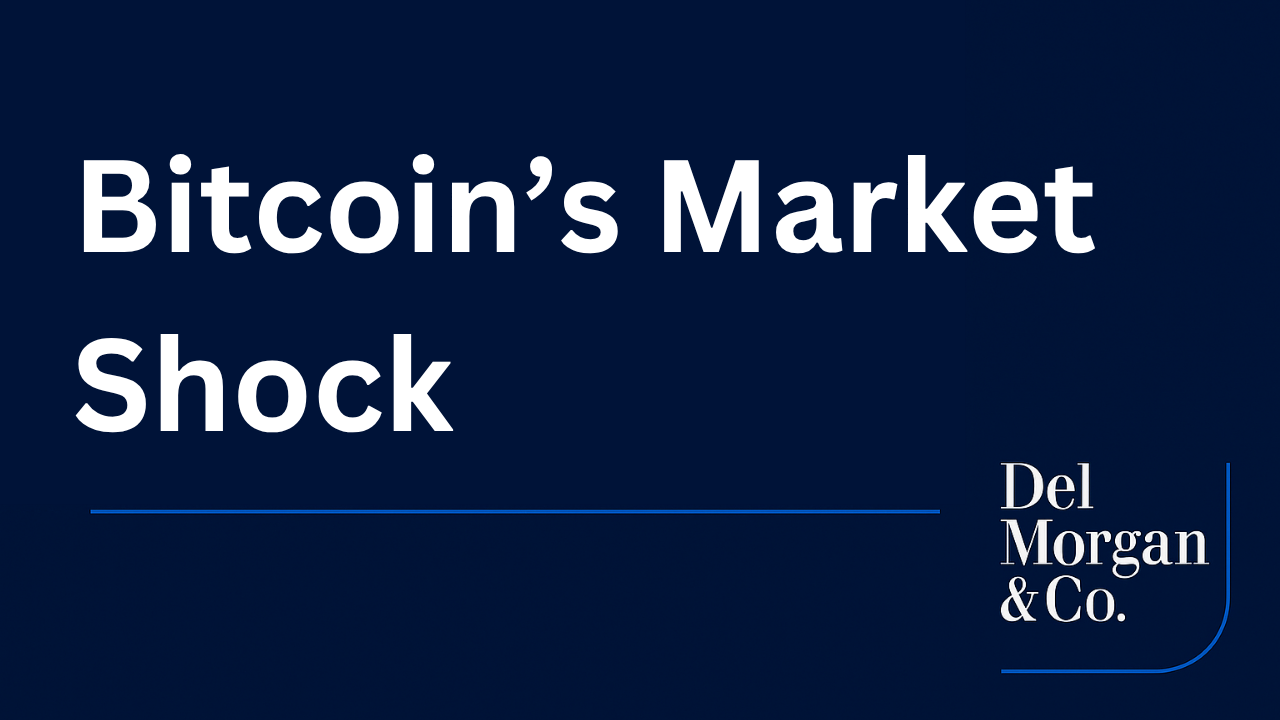Market Context: Navigating a Fragmented Recovery
In 2025, global sportswear brands face a complex landscape marked by uneven demand, macroeconomic headwinds and divergent strategic outcomes. While select companies capitalize on margin discipline and geographic diversification to restore investor confidence, others grapple with structural challenges and demand volatility. Capital markets are scrutinizing near-term execution while assessing long-term value creation, with clear implications for equity valuations and strategic positioning.

Nike: Margin Recovery and Global Tailwinds
Nike’s 2025 outlook reflects renewed optimism, underpinned by a robust multi-year earnings trajectory. In July 2025, JPMorgan upgraded Nike to Overweight with a $93 price target, implying ~20% upside from prior levels and reflecting confidence in Nike’s strategy to achieve annual growth in the high teens to 20% through 2030. Key catalysts include disciplined inventory management, gross margin expansion (projected to rise from 5.3% in FY2026 to 10% by FY2028) and strategic positioning around global sporting events.
Nike’s innovation pipeline, amplified by targeted marketing in Asia-Pacific, reinforces its leadership in the athletic category. Despite inflationary pressures in North America, Nike’s global brand equity and diversified market presence have provided a source of resilience. International expansion, particularly in high-growth markets, supported by operational efficiency and premium pricing power, remains a cornerstone of its outperformance.
Lululemon: Premium Valuation Amid Near-Term Caution
Lululemon’s 2025 narrative balances long-term growth potential with short-term uncertainty. The company lowered Q2 EPS guidance to $14.58-$14.78, reflecting discretionary spending pressures and macroeconomic volatility. However, its differentiated product portfolio – spanning men’s, footwear and premium activewear – coupled with traction in China and rising average order values, sustains its premium valuation.
Lululemon’s international expansion beyond its North American core is a strategic differentiator, with scalability driving investor confidence. Second-half 2025 performance will be critical to validating its growth trajectory, as markets monitor Lululemon’s ability to navigate consumer headwinds while maintaining margin stability and brand momentum.
Puma: Margin Erosion and Strategic Recalibration
Puma’s 2025 performance underscores broader structural challenges. A July profit warning, following a 2% Q2 sales decline and a €246.6 million net loss, triggered an 18% stock drop. Contributing factors include elevated U.S. tariffs, inventory overhang and demand weakness in core markets. Puma’s response included cost containment, store rationalization and an operational reset, but analysts highlight the absence of a clear growth strategy across high-performance and lifestyle segments.
Relative to peers such as Nike and Adidas, Puma’s brand positioning lacks clarity, constraining its ability to capture premium consumer spend. Without a credible plan for margin recovery and brand revitalization, investor sentiment remains cautious, with downside risks tied to ongoing execution challenges.
Strategic Themes: Execution and Scale as Differentiators
Brands with robust Asia-Pacific exposure and diversified revenue streams are better equipped to offset North American softness. Investors are increasingly prioritizing margin transparency, earnings consistency and scalable cost structures, rewarding companies with disciplined execution and conservative financial management.
Global sporting events, including the 2026 FIFA World Cup and 2028 Los Angeles Olympics, serve as high-visibility demand drivers. Brands that leverage sponsorships, co-branded content and product innovation stand to gain from enhanced consumer engagement and global reach, amplifying top-line growth and brand equity.
Outlook: Capturing Value Amid Volatility
The sportswear sector is at a strategic inflection point, with executional discipline and geographic diversification separating outperformers from laggards. Market volatility presents entry points for long-term investors, particularly in category leaders with global scale and operational clarity.
Nike’s recovery underscores the value of well-articulated turnaround strategies and international diversification. Lululemon’s premium activewear platform highlights the durability of product-led growth in emerging markets. Conversely, Puma’s challenges reflect the risks of strategic ambiguity and operational inefficiencies in a competitive landscape.
As sports, culture and digital engagement converge, brands aligning innovation with financial discipline and cross-market scalability are poised to lead. For strategic investors and financial sponsors, selective positioning and rigorous due diligence will be critical to unlocking value in this dynamic phase of industry evolution.
About DelMorgan & Co.
With over $300 billion of successful transactions in over 80 countries, DelMorgan’s Investment Banking professionals have worked on some of the most challenging, most rewarding and highest profile transactions in the U.S. and around the globe. In the upcoming year we expect more high-quality deal execution for more clients and welcome the opportunity to speak with companies interested in potentially selling their businesses or raising capital.









